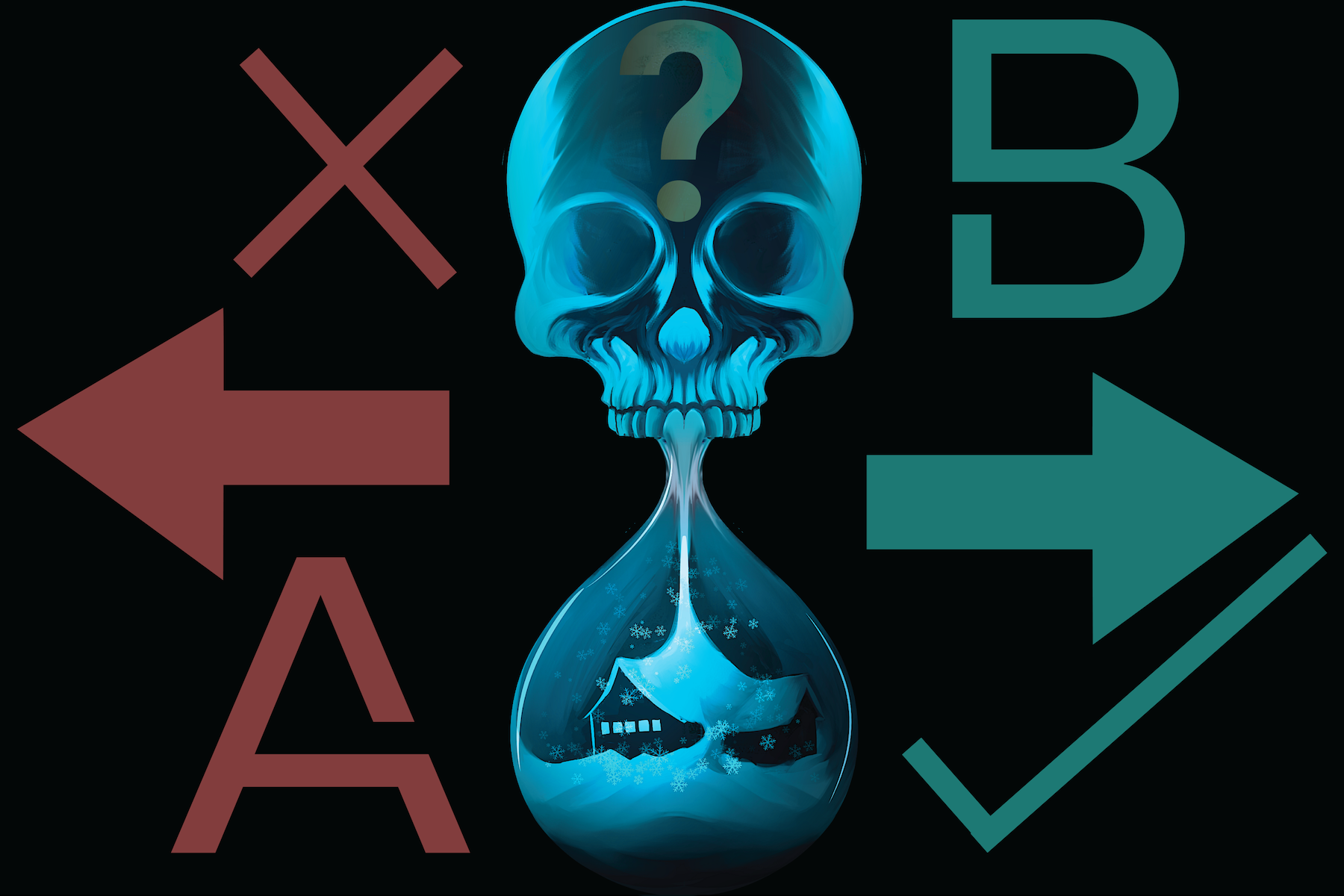While film and television continue to dominate the world of entertainment, video games have remained under the radar. There are games, however, that are universally adored, such as Minecraft or the Animal Crossing games; these games allow people to both escape the world and enter one both entirely virtual and entirely their own.
Developers have continued to improve gameplay and storytelling and began to include the idea of choice and decision making. This concept is thought to be best explored in one of the most famous games of the 2010s, Until Dawn, released by Supermassive Games in 2015. The game is told through a prologue and 10 chapters, each representing the passing of night into the dawn.
The game received waves of praise, and in its wake emerged several other games that give players greater control over the storyline and allow them to experience the consequences. The new approach ultimately rekindled the player’s relationship with the story and characters. Although games like Life is Strange and Heavy Rain showcase interactive gameplay, it is the meticulous relationships between the characters and the idea of the butterfly effect seen in Until Dawn that raised the stakes for decision-making-driven narratives.
Until Dawn begins with 10 teenagers vacationing in the Canadian Rockies. All seems to be well, until one night when one girl falls victim to a humiliating prank from her peers and runs out into the wilderness. She is followed by her sister, but the two are pursued by a figure in the woods and driven off a cliff. Years later, the remaining eight reunite for a night of remembrance: Josh, Chris, Mike, Matt, Sam, Ashley, Jessica and Emily. These eight main characters will drive the story forward.
During the first three chapters, the player gets to experience the background of each one, allowing them to understand the scope and depth of each character and their relationships with the others. By the end of a scene, depending on the player’s choices, the character’s relationship with the other character on screen will be updated. However, for the player, the decisions and their effects begin as soon as the first cutscene ends. The trick is that these decisions take effect three or four chapters down the line.
For example, the first chapter of “Until Dawn” opens on two characters, Chris (Noah Fleiss) and Sam (Hayden Panettiere), practicing shooting on bottles and targets. A squirrel emerges, and the player, as Chris, has the option to kill the squirrel. If they do, a bird will attack Sam, scratching her forehead and sending a wave of butterflies across the screen in a warning. Later in the game, Sam, as the player, is being chased by an unnamed psychotic killer and she trips. Her wound opens up, and while briefly inspecting it, she forgets to turn off her flashlight and, as a result, she is taken by the killer.
While this path is paved long before the player can see the end, others hew much closer to the realm of life-or-death matters. In another encounter, Chris must choose to shoot either himself or his love interest, Ashley (Galadriel Stineman). While the two survive no matter the choice, if the player chooses to shoot Ashley, she retaliates chapters later by leaving Chris to die at the hand of the Wendigo, a folkloric cannibalistic monster and the game’s main antagonist.
Even though the decision-making narrative mechanic is where the game shines, it introduces another interesting feature into the game: When a character hides, the game forces the player to immerse themselves in the consequences of their actions; the player must remain completely still as the words “DON’T MOVE!” appear at the bottom of the screen. Whether hiding from the enemy by themselves or with a companion, the action commands the player to focus on not just their movement, but the environment as it discreetly tries to make them react, move and endure. It always seems to appear in the heat of the moment and the mechanic further absorbs the player and their own physical actions into the functionality of the game.
The mechanic has also been praised for both its timing and how it can offer the player a new understanding of the character, who they are and if they are someone who can remain still in the presence of the enemy. Oftentimes, the demand to remain still comes after a series of quick-time events, or QTEs, the player has stumbled through. One moment, players are hopping over branches and hastily locking doors behind them, and the next they are between two walls, behind one a haunting menace. No game had yet combined such firsthand, attention-seizing mechanics with compelling characters and a multi-layered story like it.
All games, however, must come to an end. One game mentioned earlier, Life is Strange, has become known for its very binary ending. The choices you make have immediate consequences, but no true lasting effect on the outcome of the game. With Until Dawn, the ending may be its own event, but it truly depends on the player’s choices as to which characters make it to the end.
The last third of the game is action-packed, and as it enters the last chapter, QTEs mean certain death if failed and the “DON’T MOVE” mechanic becomes hypersensitive to the point where it’s as if the game is detecting your breathing. As dawn creeps over the digital trees, the Wendigos begin to flood the house. If the player has been moderately successful, almost all of the characters are present and can escape before the combined efforts of Sam and Mike (Brett Dalton) set the winter lodge ablaze. The game ends with radio chatter signaling the teens’ rescue, which tells the player directly how many survivors are left. Although there is one sole ending, the player and their choices determine how many of the remaining eight teenagers get out alive.
When Until Dawn was released, the gaming community got to witness a new kind of horror-survival game. The success it found revitalized the genre and immersed players in a new decision-making experience with mechanics that pluck their choices from the moment they are made and toss the effects back when they least expect it. The “DON’T MOVE” and QTEs of the game also pull the player in alongside the character, bringing to life the suspense and anxiety of being in the same room with monsters.
The game’s story is reminiscent of the teen slasher movies of the ‘80s, but for modern audiences. The actors, which include stars like Rami Malek and Jordan Fisher, take the tense, compelling story and make the Canadian mountains their playground — a story that will be expanded upon this upcoming summer with The Quarry, a spiritual sequel to Until Dawn. The game is expected to contain similar, yet updated cinematography and mechanics, along with any surprises Supermassive Games has in store for its players.

















